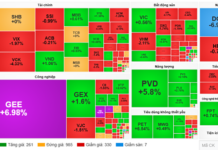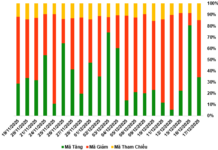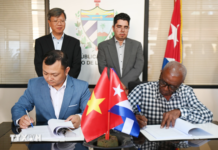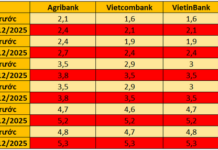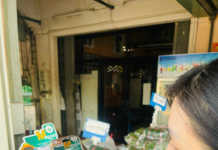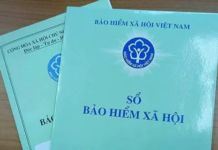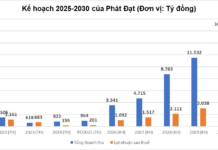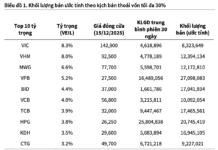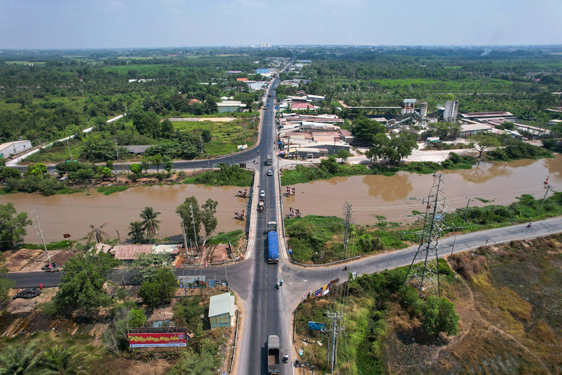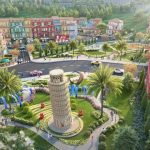The People’s Committee of Ho Chi Minh City, along with the provinces of Ba Ria-Vung Tau, Dong Nai, Binh Duong, and Long An, have proposed to the Prime Minister a set of 10 specific mechanisms and policies to be applied to the entire Ho Chi Minh City Ring Road 4 project.
Identified Challenges
According to Decision 1698/2011 issued by the Prime Minister, the Ho Chi Minh City Ring Road 4 is a high-speed road (design speed of 100 km/h) that spans over 200 km across five provinces and cities: Ba Ria-Vung Tau, Dong Nai, Binh Duong, Ho Chi Minh City, and Long An.
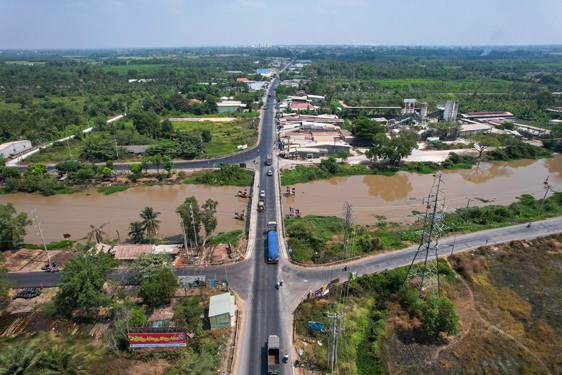
Thay Cai Canal in the border area between Ho Chi Minh City and Long An, where the Ring Road 4 passes through. Photo: HOANG TRIEU
Decision 1454/2021, also by the Prime Minister, further emphasizes the importance of this road by including it in the master plan for the national road network for the period of 2021-2030, with a vision towards 2050. This decision specifies that the Ring Road 4 is to be a high-speed ring road with eight lanes, and its construction is to be completed before 2030.
The total investment cost for the first phase of the project is estimated to exceed VND 128,000 billion, with land clearance accounting for VND 51,291.2 billion.
The local authorities have almost finalized the pre-feasibility reports for the project and are expected to submit them for appraisal and investment decisions in the fourth quarter of 2024.
However, during the process of finalizing the reports, several challenges have been encountered. There is currently no mechanism in place that allows the provinces and cities to utilize their local budget for the implementation of this investment project. Additionally, the mechanism for using the local budget to support investment activities in other localities is also unclear.
To expedite the investment process for the Ring Road 4, the Ho Chi Minh City People’s Committee has coordinated with the Ministry of Transport and the provincial People’s Committees of the provinces through which the road passes to propose a set of 10 specific mechanisms and policies to be applied to the entire project. These proposals will be submitted to the competent authorities for approval and subsequent implementation.
Overcoming Challenges with Specific Mechanisms
According to Mr. Bui Hoa An, Deputy Director of the Ho Chi Minh City Department of Transport, the Ring Road 4 plays a crucial role in the economic development of both Ho Chi Minh City and the Southeast region.
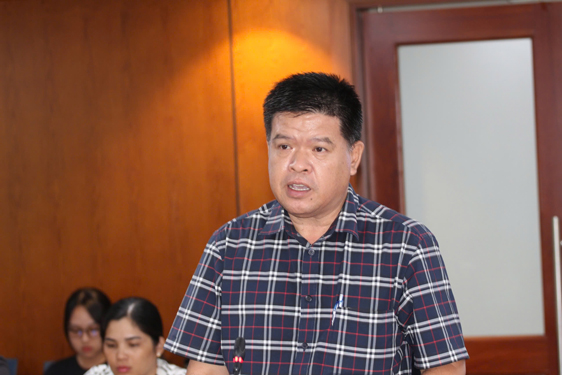
Mr. Bui Hoa An affirmed that the specific mechanisms will help resolve difficulties for many localities. Photo: PHAN ANH
Mr. An added that Resolution 24/2022 of the Politburo aims to complete the Ring Road 4 by 2030. Furthermore, on June 7, 2024, the Prime Minister issued Decision 483, which included the Ring Road 4 project in the list of key national projects in the transport sector. Therefore, to accelerate the progress of the project, specific mechanisms and policies are necessary.
Given the large investment scale and technical complexity of the project, as well as the fact that it spans multiple localities, Mr. An emphasized the need for specific mechanisms related to capital, planning, mineral exploitation for common construction materials, procedures and authority for investment appraisal, and post-investment management, among others.
“If these specific mechanisms and policies are applied to the Ring Road 4 project, they will help resolve difficulties for the localities through which the road passes,” Mr. An asserted.
Fulfilling its Mission
Experts have underscored the urgency of constructing the Ring Road 4, highlighting its role not only in reducing traffic density but also in connecting with other important routes such as the Ho Chi Minh City-Moc Bai and Ho Chi Minh City-Thu Dau Mot-Chon Thanh highways.
Additionally, the road will enhance the efficiency of the Ring Road 3 and create a trade axis connecting the port and Long Thanh airport, as well as new logistics centers. Building the Ring Road 4 will address the increasing demand for cargo transportation in the present and future context.
Dr. Nguyen Van Trinh, a senior researcher at the Institute for Regional and Urban Studies, emphasized the project’s significance, stating that it will foster intra-regional and inter-regional connectivity, facilitate the flow of goods and passengers between regions, and promote the development of transport infrastructure in the Southern region, not just the Southeast region. As a result, it will contribute to the economic development of the localities. Therefore, a coordination mechanism is necessary to expedite the construction of this route, rather than allowing it to be hindered by numerous obstacles as it is currently.
Given the importance of the Ring Road 4, Dr. Trinh suggested that the Southeast Region Coordination Council should take a more proactive role in speeding up the project’s progress. The presence of central and local agencies in the council will help expedite the project’s implementation.
Notable Proposals
Among the 10 specific mechanisms and policies proposed by the Ho Chi Minh City People’s Committee and the provinces of Ba Ria-Vung Tau, Dong Nai, Binh Duong, and Long An to the Prime Minister, one proposal suggests that the provincial People’s Committees be assigned as managing agencies and allowed to use their local budgets and other legal sources of capital to invest in the Ring Road 4 project.
Additionally, it is proposed that local budgets can be used to support investment activities in other localities through which the road passes, such as the Thu Bien Bridge between Dong Nai and Binh Duong provinces.
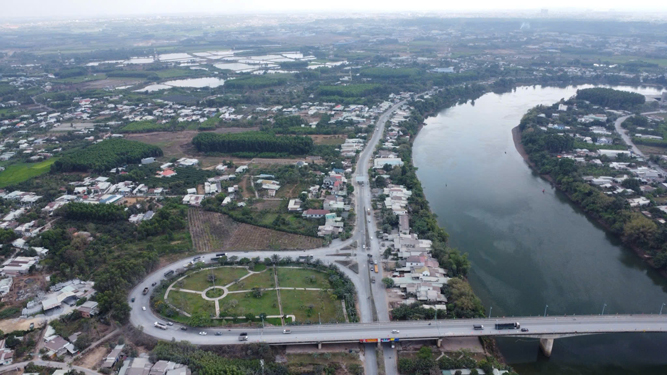
Thu Bien Bridge, mentioned in the proposal to the Prime Minister. Photo: NGUYEN TUAN
It is also proposed that the central budget should support the provinces of Binh Duong, Dong Nai, and Ba Ria-Vung Tau with 50% of the total budget allocated for the project, while Long An should receive 75% support.
Furthermore, it is suggested that the proportion of state capital participating in the project should not exceed 70% of the total investment. Additionally, within two years from the issuance of the National Assembly’s resolution on the Ring Road 4, the head of the competent authority should be allowed to consider and decide on direct contracting during the implementation of the project for consultancy packages, packages for the relocation of technical infrastructure, and packages for compensation, support, and resettlement.
Ho Chi Minh City and the provinces have also agreed to propose mechanisms for the exploitation of minerals for common construction materials and for the management of the project after its completion.
Choose La Mia Bao Loc – Embrace a Fulfilling Life with an Ideal Green Living Standard
Not just a perfect blend of art and inspired Italian-style resort, La Mia Dalat also effortlessly brings each resident to the standards of peaceful living, well-being, and balanced body-mind-soul.


